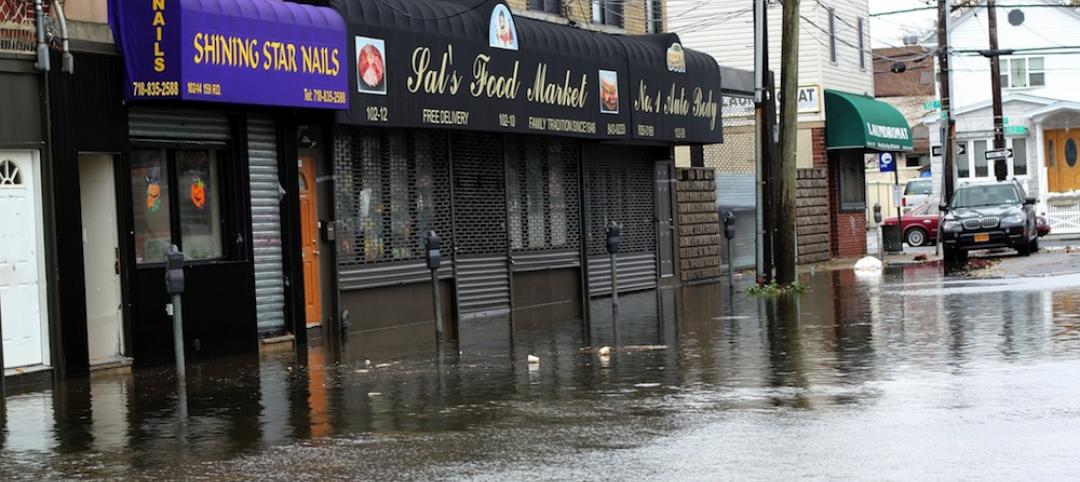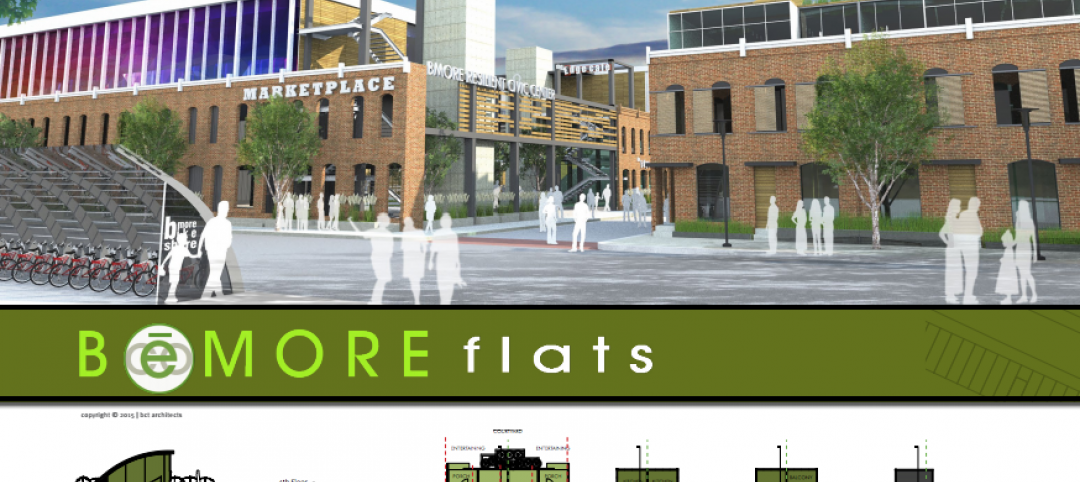The nonprofit Federal Alliance for Safe Homes (FLASH) released a paper, Disaster Resilience Rising Means the Time is Right, offering recommendations to strengthen the U.S. building code system.
FLASH says communities are missing out on pre-disaster opportunities to strengthen disaster resilience—updating, adopting, and enforcing strong building codes. “An uncompromising system of strong, continuously updated building codes with consistent enforcement is essential to our country’s pursuit of disaster resilience,” said FLASH President and CEO Leslie Chapman-Henderson. “However, some states are not keeping pace, or worse, they are losing ground. We must use codes to innovate the way we build, and win against the mounting human and financial cost of disasters.”
FLASH proposes the following six innovations to the current U.S. building code system:
- Establish a standing code and standard development process to accelerate post-catastrophe, forensic engineering insights into model codes and standards.
- Optimize property protection opportunities in model code and standard development by balancing all of the existing values, including public health, safety, and welfare.
- Evaluate, integrate, and leverage public and private sector beyond-code standards and programs into the International Code Council system to ensure continuity, increase awareness, and support disaster resilience innovation.
- Enhance code development by broadening the representation of interest groups on the International Residential Code technical committees.
- Support code adoption and enforcement mechanisms through an enhanced, well-resourced system of information provision to state and local officials as well as the public regarding benefits and mechanics of building codes and disaster-resilient construction.
- Increase engagement by all stakeholders in the building code system through robust participation in each phase, including model code development, state and local adoption, and enforcement.
Related Stories
Smart Buildings | Oct 26, 2020
World’s first smart building assessment and rating program released
The SPIRE Smart Building Program will help building owners and operators make better investment decisions, improve tenant satisfaction, and increase asset value.
Smart Buildings | Oct 1, 2020
Smart buildings stand on good data
The coming disruption of owning and operating a building and how to stay ahead through BIM.
AEC Tech | Jan 16, 2020
EC firms with a clear ‘digital roadmap’ should excel in 2020
Deloitte, in new report, lays out a risk mitigation strategy that relies on tech.
Urban Planning | Oct 20, 2016
Despite troubled development, Masdar City forges ahead
The detailed master plan for Phase 2 of Masdar City has been unveiled by CBT.
Smart Buildings | Feb 10, 2016
100 Resilient Cities to partner with Perkins Eastman
Perkins Eastman joins 100RC group of Platform Partners to offer resilience-building services to member cities.
Industry Research | Feb 8, 2016
Changing of the guard: Big cities giving way to newer, less expensive offerings
U-Haul truck rental costs are a good early predictor of migration trends in the U.S.
Resiliency | Jan 29, 2016
Section of New Orleans will try new approach to flood control
The city will turn to a retain and control storm water strategy.
BIM and Information Technology | Jan 27, 2016
Seeing double: Dassault Systèmes creating Virtual Singapore that mirrors the real world
The virtual city will be used to help predict the outcomes of and possible issues with various scenarios.
Smart Buildings | Dec 15, 2015
Property owners and developers challenge FEMA floodplain maps
Agency said to be open to revision requests.
Smart Buildings | Dec 7, 2015
AIA Baltimore holds rowhouse redesign competition
Teams competed to provide the best social and environmental design solutions for the city’s existing rowhouse stock.














